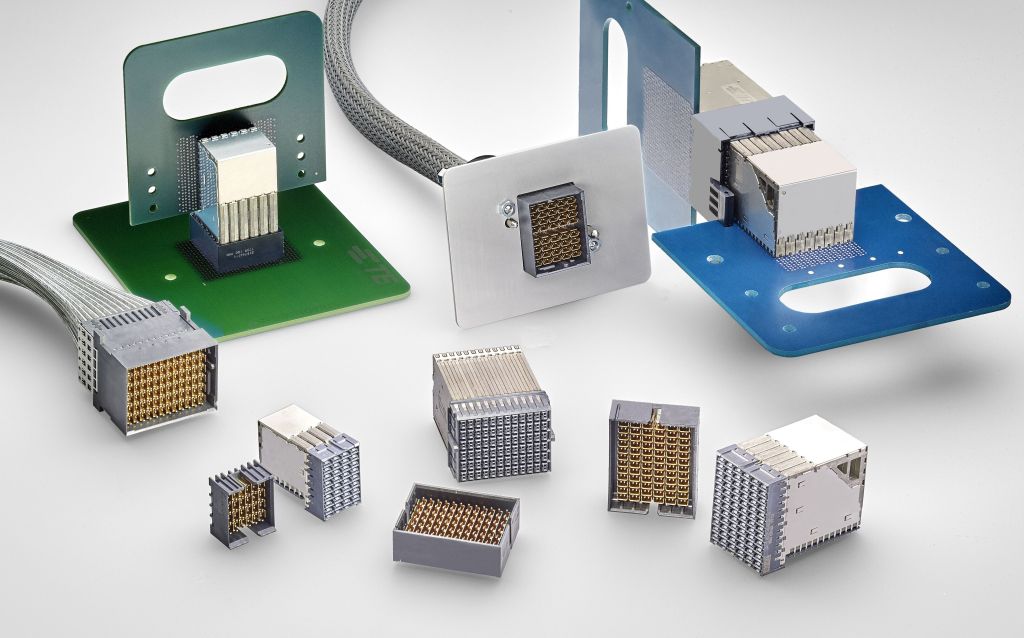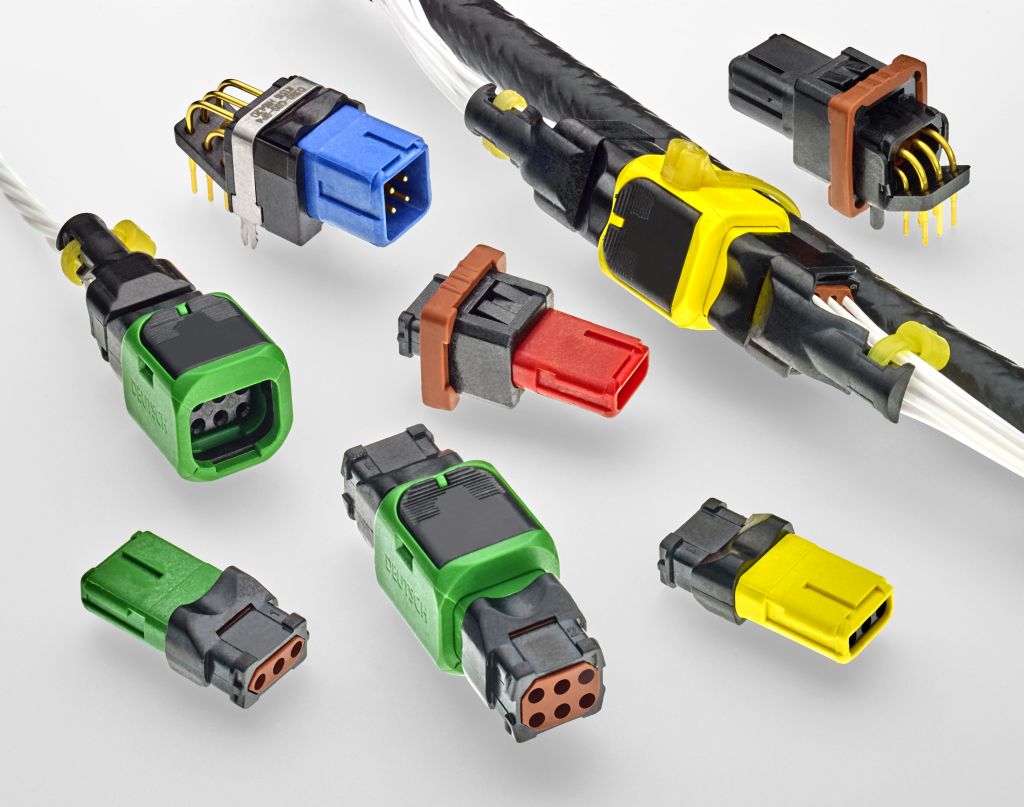Beyond ingenuity

In January 2024, NASA’s Ingenuity Mars Helicopter completed its final flight in the Martian skies after a hard landing damaged its rotor blades. But that ending shouldn’t overshadow the fact of the helicopter’s remarkable durability.
Originally designed to perform five planned demonstration flights over a 30-day mission, Ingenuity instead logged 72 flights and travelled 14 times farther than expected, ultimately extending its mission to nearly three years. Such overperformance is even more notable from a piece of equipment that cost only $85 million to build and operate in the first place — a fraction of the $2.4 billion the agency has spent on the Mars 2020 Perseverance mission in total.
Ingenuity’s legacy includes a wealth of new data about the challenges of flying in an alien atmosphere, but it also highlights the growing role and value of commercial off-the-shelf (COTS) products in aerospace manufacturing. Like many other satellite and spacecraft designers, Ingenuity’s engineers relied on COTS components to reduce its cost and accelerate production. With each of these applications, manufacturers are demonstrating the value of COTS components in space. Those lessons, in turn, are helping component designers here on Earth dial in the right component specifications to support missions more cost effectively. As a result, we’re seeing an acceleration of noteworthy technologies and manufacturing techniques that are reshaping the aerospace industry.
Making space for COTS
Space-related manufacturing has historically come at a high cost because equipment like satellites were designed to last decades or more. That process included custom-made parts developed for harsh conditions with no possibility of replacement. The James Webb Telescope, for example, operates at temperatures of 22 Kelvin (-250ËšC), nearly a million miles from Earth. Any materials likely to release gases under those conditions risk contaminating the telescope’s mirrors and optical components. As a result, traditional space equipment tends to be larger, heavier and takes years to develop.

Recently, though, new launch technologies have reduced the cost to send equipment into space, and in response designers and manufacturers have shifted their focus. For example, the latest generation of low-Earth-orbit (LEO) satellites emphasise lower cost, smaller size and fast assembly, which has designers turning to consumer-grade computer hardware and other COTS components to produce satellites in as little as 18 months. As replacement with COTS components is a more economical option, LEO satellite makers can launch multiple satellites to provide backups, and to anticipate shorter equipment lifespans.
TE Connectivity (TE) stands out in this dynamic market with a wide-ranging portfolio tailored to the rigors of LEO application. By developing noteworthy technology like the STRADA Whisper backplane connectors, Micro-D and D-subminiature backshells, fibre optics, active optical cable assemblies, and 369 connectors to name a few, TE goes beyond product offerings to partnership in innovation. Its engineers champion the charge, working with satellite manufacturers to address their specific design challenges and capitalising on TE’s time-tested experience in the industry.
Aerospace evolution
Changing space missions are providing more opportunities to use COTS components. For example, LEO satellites operate much closer to Earth and below the Van Allen radiation belt, which means their components operate in a much less harsh environment than satellites in higher orbits. Those conditions open the door to a broader spectrum of components between consumer grade and bespoke, space-qualified technology. That spectrum covers everything from existing automotive- or aerospace grade-components to slightly modified ‘COTS+’ components that are still more cost effective than traditional space-grade hardware.
Manufacturers are already beginning to incorporate a range of different component types into their designs where specifications warrant. At the same time, latest component suppliers can work closely with these manufacturers to support their design objectives. For example, component manufacturers are playing a key role in helping reduce the overall size and weight of space equipment by miniaturising critical components, particularly those related to power and communications connectivity. The smaller, lighter and more durable these components become, the more room manufacturers have for custom-developed technology or for components that must meet higher specifications.
In addition to helping to reduce costs, the use of COTS components speeds up technology advancement cycles. Engineers can iterate more quickly around a set of standardised components. And shorter mission cycles also offer the potential to upgrade technology at a faster clip than was possible with traditional space equipment manufacturing.
Accelerating innovation
Space-grade electronic and electromechanical parts that have been radiation hardened and engineered to perform under the harshest conditions will always be necessary, especially in cases like the James Webb Telescope or mission-critical satellites designed to last 25 to 30 years in geosynchronous orbit. As the breadth of aerospace applications has expanded, however, the tolerance requirements for the components needed to fulfil a specific mission have become better defined.
Matching component specifications to a specific mission requires a balance between cost, size, weight and durability. Where COTS components can support a minimum specification, their use makes sense. As Ingenuity proved, these components can even exceed expectations. More importantly, COTS components themselves are not a static set of parts. As applications and environments change, component manufacturers can develop new grades of COTS components engineered to meet the evolving specifications of the vehicles that use them.

This isn’t a new phenomenon. In the automotive industry alone, we’ve seen specifications for COTS components change in areas such as the wiring of electric vehicles. There are also potential applications for the same components across different industries. The development of electric vertical take-off and landing (eVTOL) aircraft has leveraged COTS components from automotive, military and aerospace technologies to meet the specifications of short-distance, low-altitude, electric-powered flight.
Cross-industry use is possible because many of the components execute similar tasks across applications. Durable connections for transmitting power and data, in particular, tend to be universal. Component manufacturers with deep experience in these areas and a wide range of existing products can help engineers match design specifications to the most cost-effective alternative currently available.
Shaping the future
TE’s legacy of mission critical reliability in the space industry dates to the first US satellite, Explorer 1, launched in 1958. TE remained an important player in the then-nascent industry; for example, its components were used in the first lunar rovers that were deployed in the early 1970s and continue to be used today. Such layered involvement during this era laid the foundation for TE’s continued contributions to space technology and exploration for more than 75 years.
Along the way, we’ve seen how evolving specifications have helped manufacturers design high-performing equipment faster and more cost effectively. Today, instead of creating bespoke parts from scratch, engineers have a much broader range of options from which to choose the right component at the right level of complexity and robustness for the task they need.
As we learn more about the environment in which space equipment operates - and gain greater experience with the performance of COTS in those environments - opportunities for technological advancement continue to grow. And as we’ve seen with Ingenuity Mars helicopter, these innovations will increasingly lead to scientific breakthroughs that are driving one of the most exciting periods in the history of space exploration.













